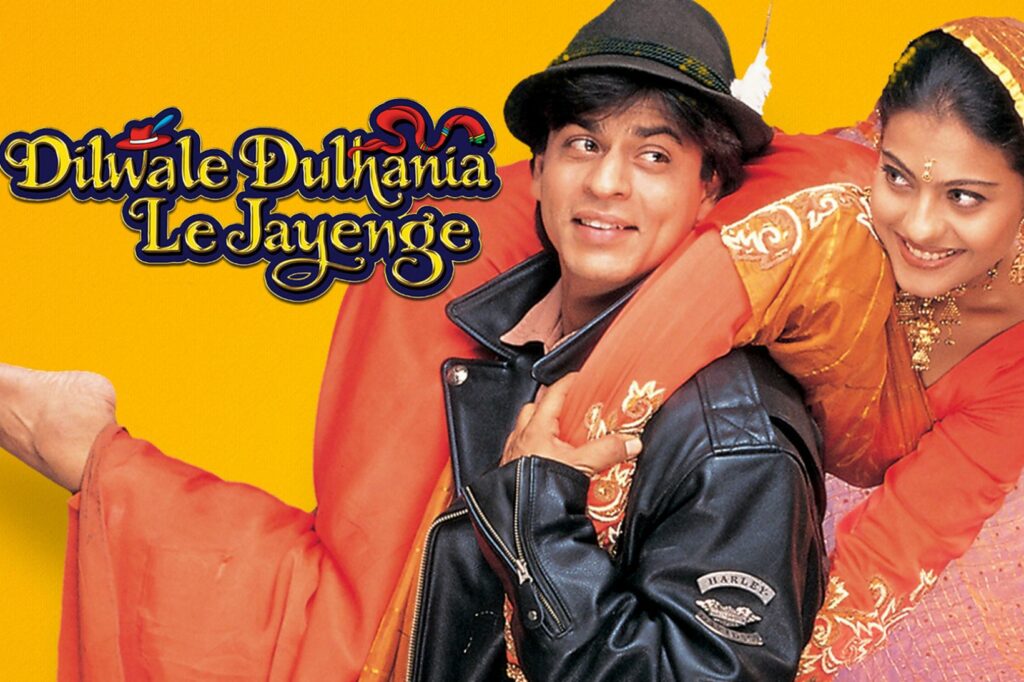Bollywood, the heart of India’s thriving film industry, captivates millions with its vibrant storytelling and unforgettable music. Known for its colorful sets and larger-than-life characters, Hindi cinema has become a global phenomenon, enchanting audiences from Mumbai to Manhattan. As one of the largest film industries in the world, Bollywood produces over a thousand films annually, blending tradition with modernity.
The magic of Bollywood lies in its ability to evoke a spectrum of emotions, from laughter to tears, often within a single film. With its unique mix of drama, romance, and action, Bollywood has carved a niche that continues to influence filmmakers worldwide. The industry not only reflects India’s diverse culture but also shapes it, offering a mirror to society’s evolving values and aspirations.
As Bollywood continues to innovate and expand its reach, it remains a powerful force in global cinema, bridging cultural gaps and bringing people together through the universal language of film.
Hindi Bollywood Cinema
Bollywood, a fusion of tradition and modernity, has a rich history that reflects India’s evolving culture and social landscape. This journey can be divided into key phases, each marked by unique characteristics and significant developments.
The Early Days
 In 1913, “Raja Harishchandra,” the first full-length Indian feature film, marked the inception of Bollywood. Dadasaheb Phalke directed this silent film, introducing a new form of storytelling. By the 1930s, sound had revolutionized Indian cinema with “Alam Ara,” India’s first talkie, released in 1931. These early films often drew from mythology and folklore, capturing the essence of Indian tradition while laying the foundation for a burgeoning industry.
In 1913, “Raja Harishchandra,” the first full-length Indian feature film, marked the inception of Bollywood. Dadasaheb Phalke directed this silent film, introducing a new form of storytelling. By the 1930s, sound had revolutionized Indian cinema with “Alam Ara,” India’s first talkie, released in 1931. These early films often drew from mythology and folklore, capturing the essence of Indian tradition while laying the foundation for a burgeoning industry.
The Golden Era
During the 1950s and 60s, the Golden Era emerged, characterized by classic storytelling and profound themes. Filmmakers like Raj Kapoor, Guru Dutt, and Bimal Roy crafted narratives that explored social issues and human emotions. Iconic films such as “Mother India” (1957) and “Mughal-e-Azam” (1960) became cultural landmarks. Music played a pivotal role, with playback singers like Lata Mangeshkar and Kishore Kumar defining this era’s auditory landscape.
Modern Developments
 Post-1990s, Bollywood saw a shift towards globalization. Films like “Dilwale Dulhania Le Jayenge” (1995) introduced themes appealing to both domestic and international audiences, creating a diaspora connection. Technological advancements enhanced production quality, and the rise of multiplexes changed viewing habits. Today’s industry embraces diverse genres, with filmmakers exploring socially relevant content in movies like “Dangal” (2016) and “Gully Boy” (2019), showcasing the continued evolution and innovation within Bollywood.
Post-1990s, Bollywood saw a shift towards globalization. Films like “Dilwale Dulhania Le Jayenge” (1995) introduced themes appealing to both domestic and international audiences, creating a diaspora connection. Technological advancements enhanced production quality, and the rise of multiplexes changed viewing habits. Today’s industry embraces diverse genres, with filmmakers exploring socially relevant content in movies like “Dangal” (2016) and “Gully Boy” (2019), showcasing the continued evolution and innovation within Bollywood.
Notable Genres in Bollywood
Bollywood, renowned for its wide array of genres, captivates audiences across the globe. The films often blend multiple genres, creating rich, multifaceted stories.
Drama and Romance
Drama and romance dominate Bollywood’s storytelling landscape. Films in these genres often explore complex emotions and relationships, resonating deeply with audiences. Classics like “Dilwale Dulhania Le Jayenge” exemplify this, weaving family values with love stories. Drama intensifies narratives, adding depth to plots, while romance often provides the emotional core.
Action and Thrillers
Action and thrillers bring excitement and suspense to Bollywood cinema. High-octane sequences and gripping plots attract fans, with films like “Dhoom” showcasing these elements. Thrillers add layers with suspenseful narratives, engaging viewers. Action-driven stories often feature heroes overcoming obstacles, delivering dynamic entertainment.
Comedy and Satire
Comedy and satire offer light-hearted escapism and social commentary. Comedic films, like “3 Idiots,” entertain while addressing social issues humorously. Satire skillfully critiques societal norms, blending humor with thought-provoking themes. These genres provide a balanced contrast to more intense narratives, ensuring broad audience appeal.
The Changing Landscape of Entertainment
Bollywood stands as a dynamic force in global cinema, blending tradition with innovation and capturing the hearts of audiences worldwide. Its rich history, diverse genres, and influential artists have cemented its place as a cultural powerhouse.
 Despite facing challenges, Bollywood’s ability to adapt and evolve ensures its continued impact on both the film industry and global culture. As it embraces new technologies and nurtures fresh talent, Bollywood remains poised to inspire and entertain future generations, bridging cultural divides through the universal language of storytelling.
Despite facing challenges, Bollywood’s ability to adapt and evolve ensures its continued impact on both the film industry and global culture. As it embraces new technologies and nurtures fresh talent, Bollywood remains poised to inspire and entertain future generations, bridging cultural divides through the universal language of storytelling.

